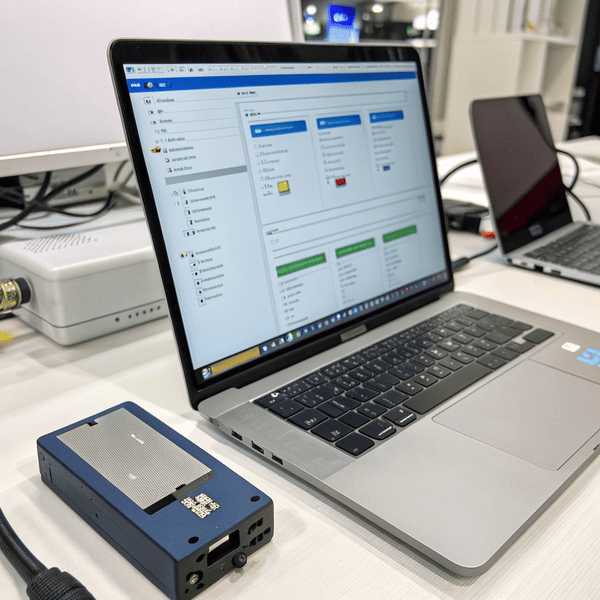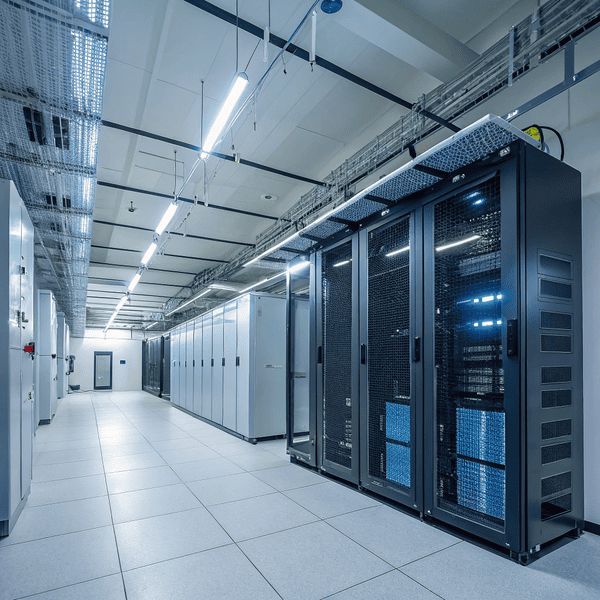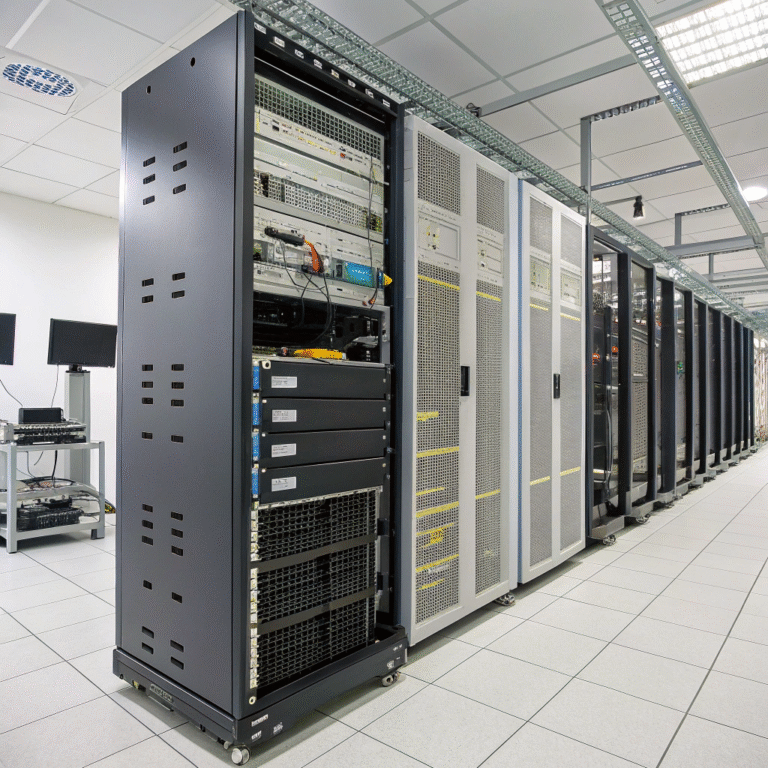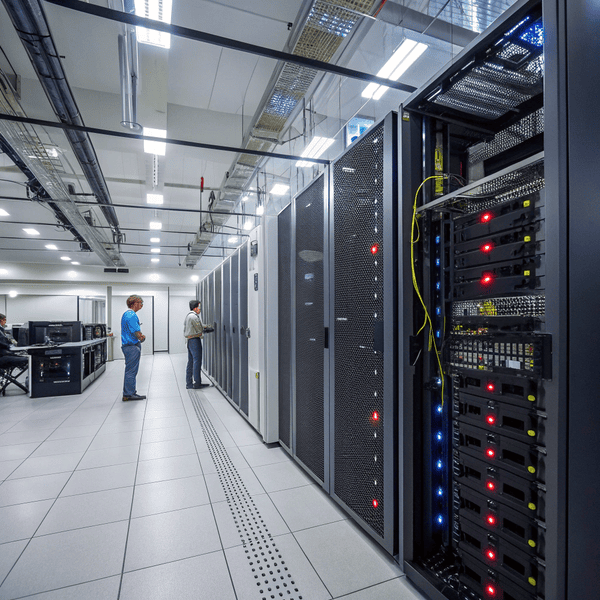When I got my first 1TB external SSD, I wondered if partitioning would help or just add headaches. Many users face the same question—does splitting the drive make life easier or harder?
Partitioning yourPartitioning your 1TB external SSD is optional. It can help organize files, separate workspaces, or install multiple operating systems[^1], but it’s not essential for everyone.
[^1]: Learn the process of installing multiple operating systems on an external SSD for enhanced versatility.
is optional. It can help organize files, separate workspaces, or install multiple operating systems, but it’s not essential for everyone.
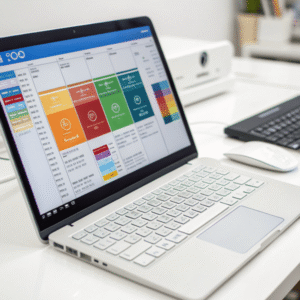
I remember worrying about making the wrong choice. Some say it boosts efficiency, others call it unnecessary. After years of working with countless drives in different projects, I found that the “best” answer depends on your usage style, backup habits, and need for organization. Let’s explore if you should partition—before you make a move you might regret.
Is it good to partition external SSD?
Many people believe partitions add security or speed, but not all advice fits every situation. Does partitioning really bring advantages to modern external SSDs?
Partitioning an Partitioning an external SSD[^1] helps with file organization, multiple uses, or improved security, but it also makes space management more complex and can limit flexibility.
[^1]: Explore the advantages of external SSDs for better performance and storage solutions.
helps with file organization, multiple uses, or improved security, but it also makes space management more complex and can limit flexibility.
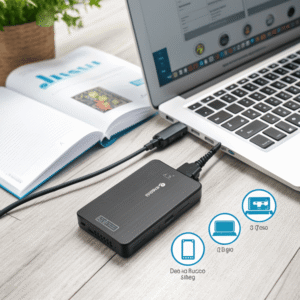
During a big project, I once split a drive into separate spaces—CAD files for work, family photos, and software backups—thinking it’d be foolproof. It was neat, but soon I ran out of room in one partition while another sat empty. It taught me that partitions help you stay organized, but they don’t fit every workflow. Here’s a breakdown:
| Benefit | Details |
|---|---|
| Organization | Separate work/personal files easily |
| Security | Restrict access to sensitive partitions |
| Multiple OS usage | Install more than one operating system |
| Fast Formatting | Erase one partition without hurting others |
| Drawback | Details |
|---|---|
| Wasted Space | One partition can fill up, others unused |
| Harder Management | Extra steps for resizing or maintenance |
| Backup Confusion | More complex during full drive imaging |
Partitioning can work well for clear boundaries—like separating projects from backups, but for many, it just adds another layer to manage.
Do I need to partition my SSD?
Many users think partitioning is a must for large drives. New tools and improvements make it easier, but is it necessary for everyone?
You do not need to partition your external SSD unless you require specific organization, data separation, or want to run You do not need to partition your external SSD[^1] unless you require specific organization, data separation, or want to run multiple operating systems. For most users, one partition is enough.
[^1]: Explore the advantages of external SSDs, including speed, portability, and reliability, to enhance your storage solutions.
. For most users, one partition is enough.
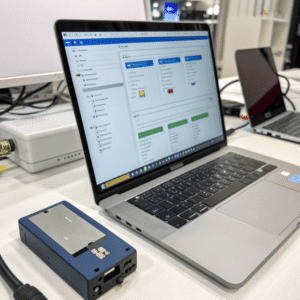
Back when I started handling several client projects on the go, I kept everything in a single partition—simple, easy to manage, and with no worries about wasted space. I only chose partitioning when I needed to switch file systems for compatibility, or separate sensitive data. For many, the default single partition works best. Here’s how the main uses stack up:
| User Type | Needs Partition? | Reason |
|---|---|---|
| Basic backup | No | Simplicity and maximum space use |
| Multi-system use | Yes | Different file systems or OS required |
| Data privacy/safety | Yes | Separate work, personal, sensitive |
| Frequent resizing | No | Single partition is more flexible |
Unless you have a clear need, not partitioning saves time and avoids headaches—less can truly be more.
What is the best partition for 1TB SSD?
When you do decide to partition, the next challenge is deciding “what’s best?” Too many partitions or the wrong sizes can be as frustrating as too few.
For most, one large partition (exFAT or NTFS) is best for aFor most, one large partition (exFAT or NTFS[^1]) is best for a 1TB SSD. If you need to separate data, create two partitions: one for work and one for personal use.
[^1]: Understanding the differences between exFAT and NTFS can help you choose the best file system for your needs.
If you need to separate data, create two partitions: one for work and one for personal use.

Over dozens of projects, I found that the simplest way is often the smartest. I use one partition unless I have a technical reason to split—like testing multiple operating systems, sharing between Mac and Windows, or keeping backups apart from daily files. Here’s how I would set it up, based on different needs:
| Scenario | Partition Scheme | File System | Typical Sizes |
|---|---|---|---|
| General use | Single partition | exFAT or NTFS | Entire 1TB |
| Work vs personal | Two partitions | exFAT/NTFS | 600 GB (work), 400 GB (personal) |
| Mac and Windows use | Two partitions | exFAT/HFS+ | 500 GB each |
| Backup & daily work | Two partitions | exFAT/NTFS | 700 GB (work), 300 GB (backup) |
Pick a format your computers support, and plan just enough structure to keep things neat. Most of the time, less is more unless your workflow demands otherwise.
Conclusion
Partitioning a 1TB external SSD is optional. Choose it if you need extra organization or multiple systems, but for most, a simple single partition works best.

